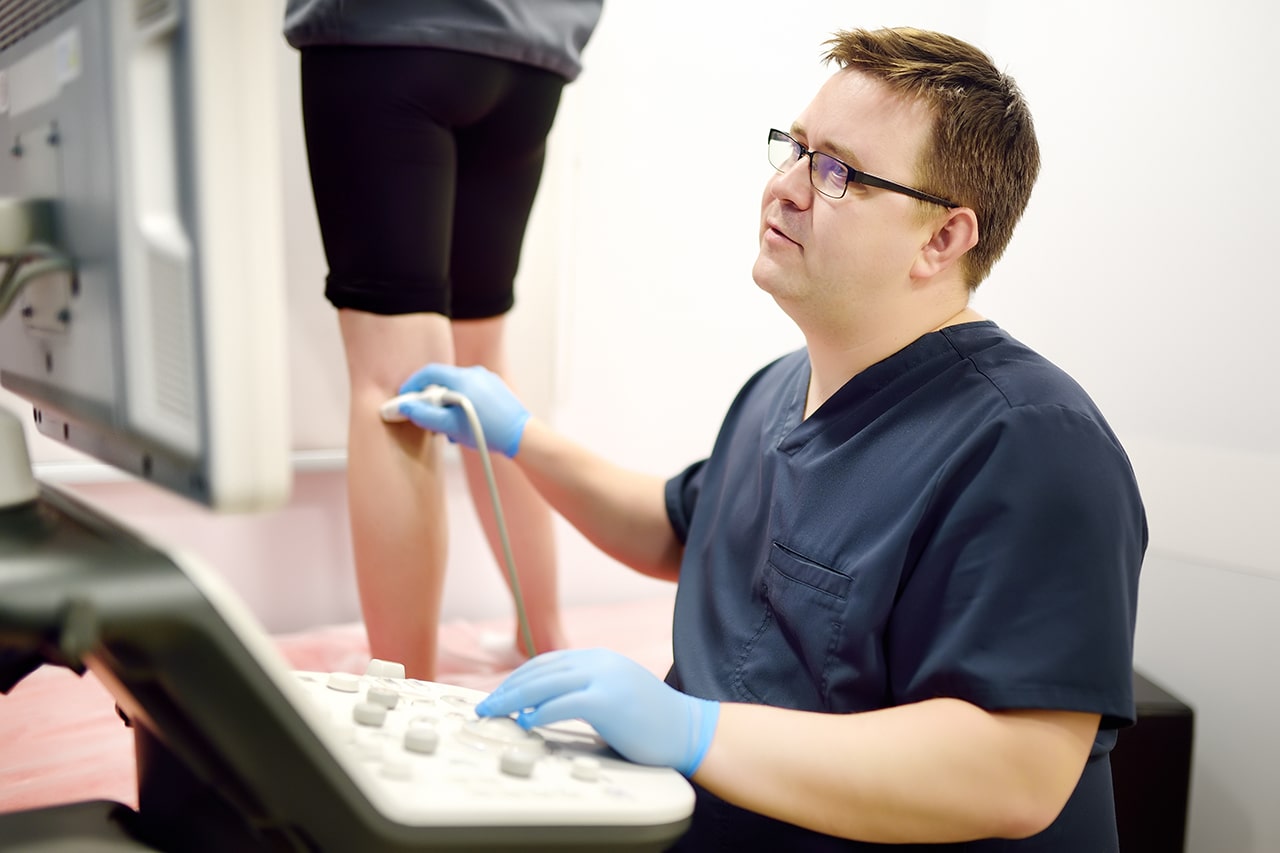DVT Treatment Guidelines: Everything You Need to Know to Stay Safe
If you’ve ever heard of blood clots in the leg and wondered just how dangerous they are, you’re not alone. Deep Vein Thrombosis (DVT) is a serious condition, and understanding DVT treatment guidelines can make a crucial difference—sometimes even a life-saving one.
Whether you’re newly diagnosed, caring for someone with DVT, or trying to prevent a recurrence, this guide walks you through the essentials.
What Exactly Is DVT?
DVT happens when a blood clot forms in a deep vein—most often in the legs. This clot can block blood flow, causing swelling and pain. But the real danger? That clot could break loose and travel to the lungs, causing a pulmonary embolism (PE). It’s not just painful—it can be fatal.
Each year, up to 900,000 people in the United States are affected by venous thromboembolism (VTE), which includes both DVT and PE. And shockingly, about 60,000–100,000 of those cases result in death, according to the CDC.
With numbers like that, it’s clear why following the latest DVT treatment guidelines is so important.
Diagnosing DVT: How Doctors Confirm It
Before starting treatment, a proper diagnosis is key. Doctors typically rely on a combination of clinical evaluation and imaging. Here’s what that usually involves:
1. Ultrasound Scan
This is the go-to diagnostic tool. It’s painless, quick, and effective at spotting clots in the legs.
2. D-dimer Blood Test
This test checks for a substance released when a blood clot breaks down. If the levels are low, DVT is unlikely.
3. Venography or MRI
Used in complex or unclear cases, especially when clots may be present in veins that are harder to assess by ultrasound.
The takeaway? Diagnosing DVT quickly and accurately gives doctors the head start they need to treat it effectively.
DVT Treatment Guidelines: What Are the Options?
The heart of any treatment plan lies in reducing the risk of the clot getting bigger—or worse, moving to the lungs. Let’s look at the core components of DVT treatment guidelines.
1. Anticoagulants (a.k.a. Blood Thinners)
This is the first line of defense. These medications don’t dissolve the clot, but they help stop it from growing and prevent new clots from forming.
Types Include:
- Heparin (often started in a hospital setting via IV)
- Warfarin (requires regular blood tests to monitor its effect)
- DOACs (Direct Oral Anticoagulants) like apixaban and rivaroxaban — increasingly the preferred option due to ease of use and fewer dietary restrictions
Experts from the American Society of Hematology recommend DOACs as the top choice for initial and long-term treatment in many cases of DVT.
2. Thrombolytics (Clot Busters)
Used in severe DVT or when there’s a high risk of PE. These medications dissolve the clot directly but come with a higher bleeding risk. That’s why they’re usually reserved for emergencies and are given in hospital under close monitoring.
3. Mechanical and Surgical Treatments
In rare cases, especially when medications can’t be used, doctors may recommend one of the following:
- Inferior Vena Cava (IVC) Filter: A tiny device implanted in the large vein to stop clots from reaching the lungs.
- Catheter-Directed Thrombolysis: A catheter delivers clot-dissolving drugs directly to the clot.
- Mechanical Thrombectomy: The clot is physically removed through a small incision.
These interventions are typically for patients at high risk or who can’t tolerate blood thinners.
4. Compression Therapy
This isn’t about fashion—it’s medical science. Graduated compression stockings help reduce swelling and prevent something called post-thrombotic syndrome, a long-term complication that can cause chronic pain and leg discoloration.
Doctors recommend wearing these stockings daily during and after treatment, especially for those experiencing leg symptoms.
How Long Does DVT Treatment Last?
This depends largely on what caused the DVT and whether it was your first or a recurring event.
- Provoked DVT (e.g., after surgery or trauma): Typically 3 months of anticoagulant therapy
- Unprovoked DVT: Usually treated for at least 6 months
- Recurrent DVT or High-Risk Patients: Lifelong treatment may be needed
The goal? Balance the benefits of preventing another clot against the risk of bleeding from long-term medication.
Monitoring and Follow-Up
Treatment isn’t a “set it and forget it” situation. Regular check-ins are vital to ensure everything’s on track.
Doctors may monitor:
- Blood clotting levels (especially if you’re on warfarin)
- Kidney and liver function (for patients on DOACs)
- Overall risk of recurrence
Lifestyle changes are also key. Staying active, quitting smoking, managing weight, and avoiding long periods of immobility (like on flights) can all help prevent future clots.
Preventing Recurrence: What You Can Do
If you’ve had DVT once, you’ll want to avoid it happening again. Prevention includes:
- Wearing compression stockings during long travel
- Walking often during long flights or car rides
- Staying hydrated
- Early mobilization after surgeries
- For high-risk individuals, doctors might prescribe short-term anticoagulants when necessary (like after surgery or hospitalization)
The Importance of Personalized Care
No two DVT cases are exactly alike. That’s why modern DVT treatment guidelines emphasize individualized care. Factors like your age, overall health, the cause of your DVT, and whether you have any other medical conditions all play a role in tailoring your treatment.
Trust your healthcare team, and don’t hesitate to ask questions. Being informed is one of the most powerful tools you have in managing your health.
Final Thoughts
When it comes to Deep Vein Thrombosis, knowledge truly is power. By understanding and following the most up-to-date DVT treatment guidelines, you give yourself—or your loved ones—the best possible chance at a full recovery.
This isn’t just about treating a clot. It’s about safeguarding your long-term health, preventing life-threatening complications, and empowering yourself to take control of your care.
Whether you’re managing a recent diagnosis or looking to avoid a recurrence, staying informed and connected with your healthcare team makes all the difference.

